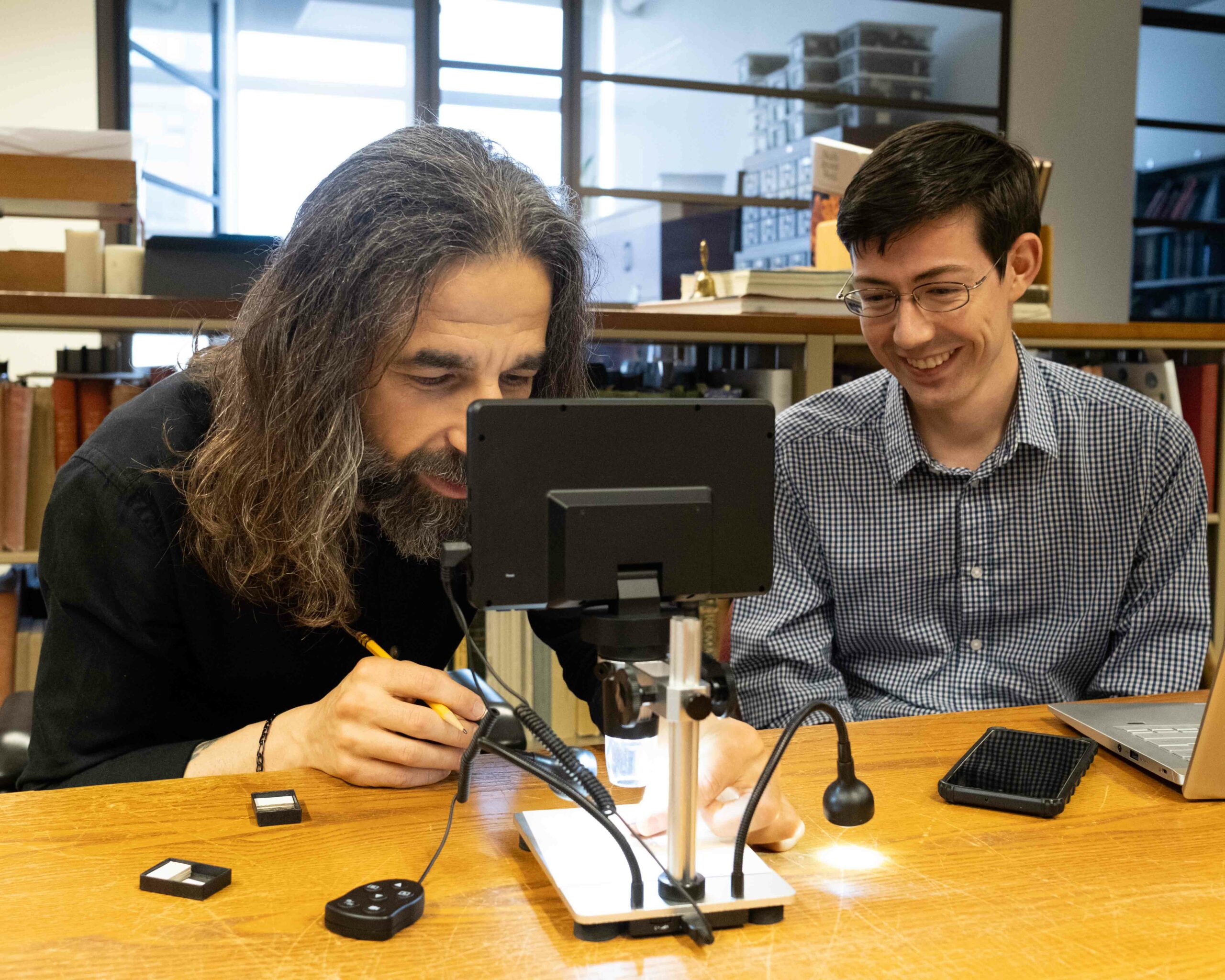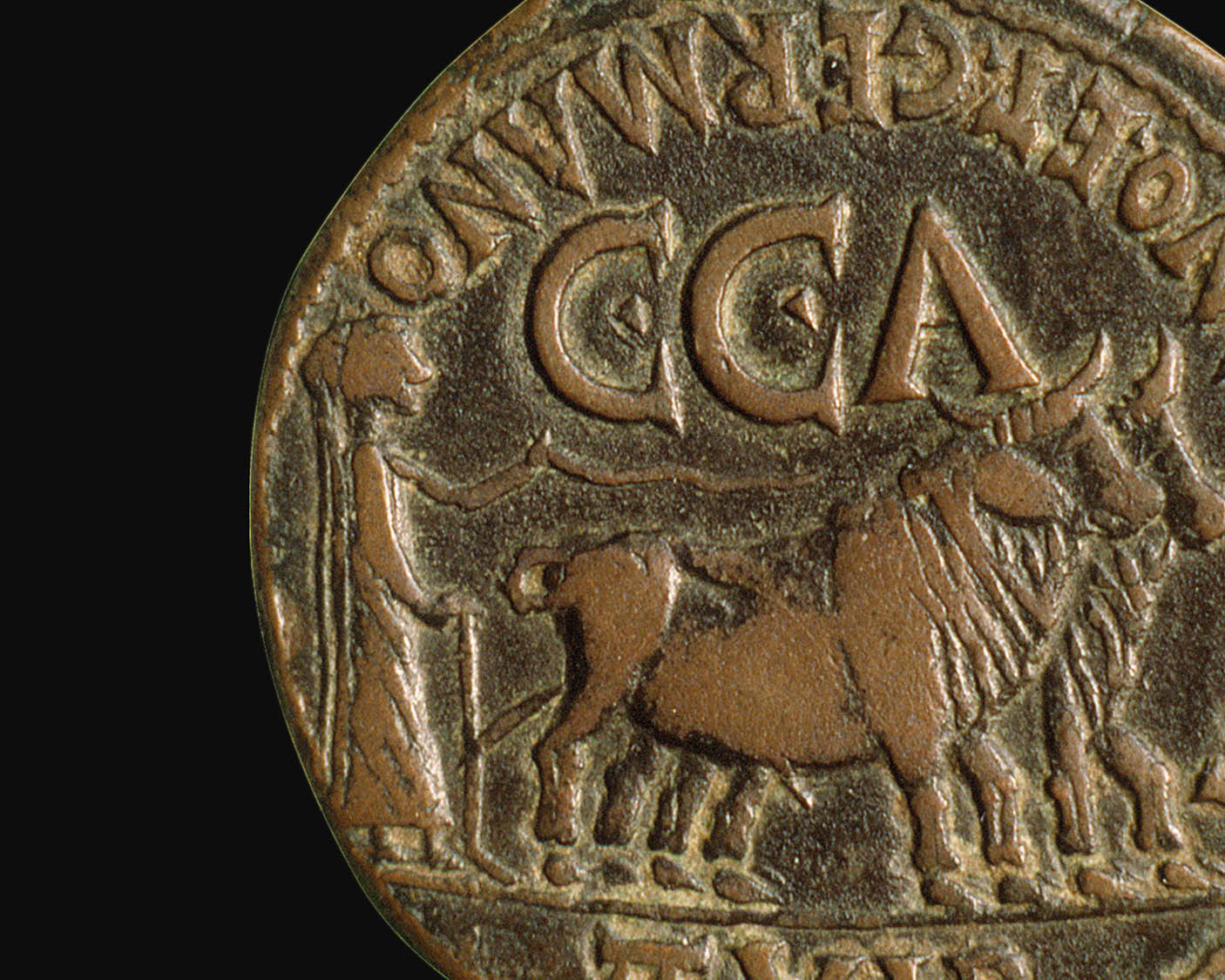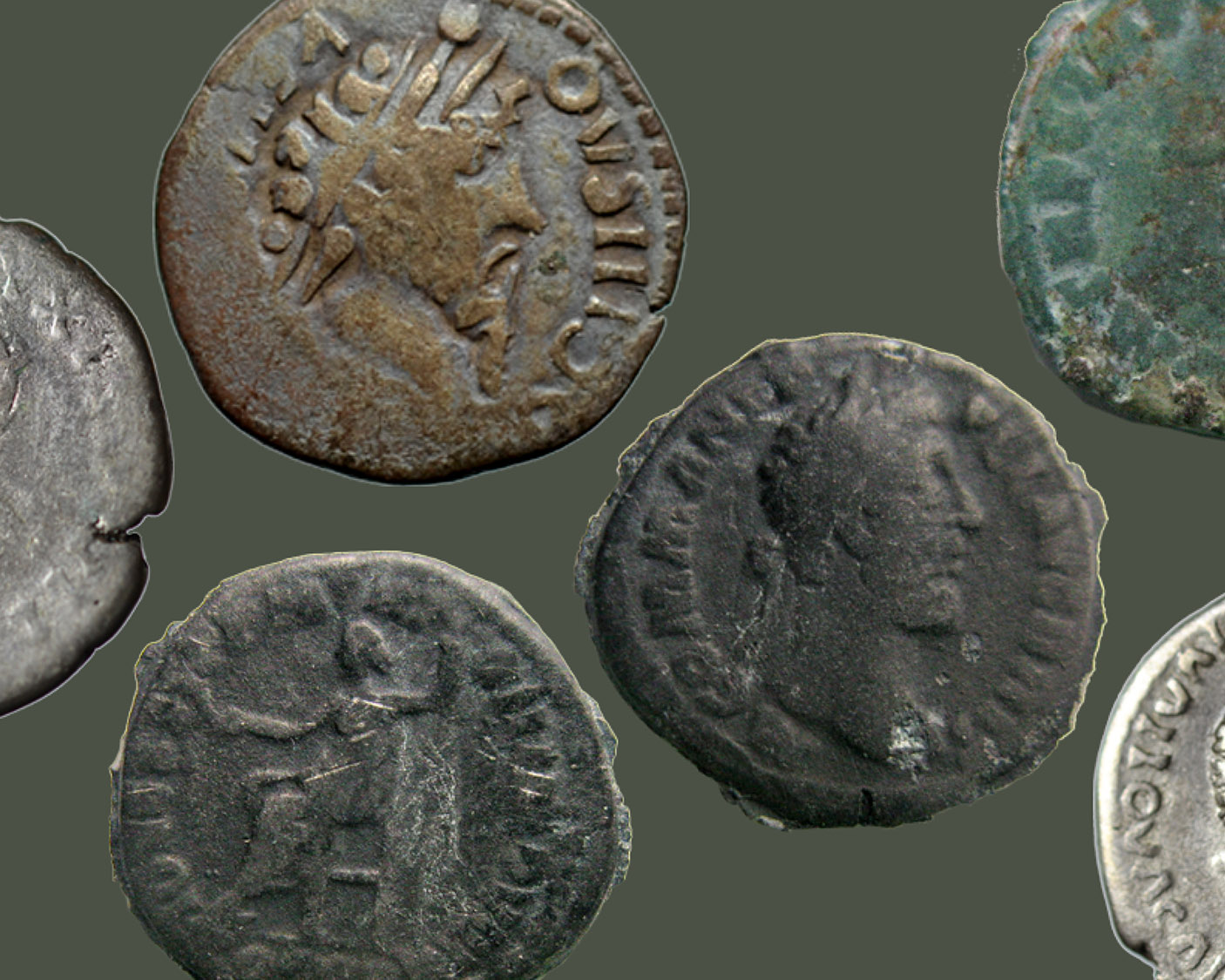A History of American Currency
The paper money issued by the Massachusetts Bay Colony in 1690 was the first authorized by any government in the Western world. False notes as well as genuine notes altered by criminals followed promptly.
From colonial notes to the much-maligned Continental Currency to the “broken-bank” notes prior to the Civil War, paper money was widely distrusted in early America. Only with increasing Federal government control of paper money during and after the Civil War did paper currency gradually come to predominate.
Paper Money in Early America
When paper money was issued in America, it became the first authorized by any government in the Western world. The Massachusetts Bay Colony financed a military expedition to Canada in 1690 by issuing bills of credit. Subsequent military campaigns and other expenses by other Colonies were funded in a similar way. By the time of the Revolutionary War, each of the thirteen colonies’ governments had emitted their own currency issues although Great Britain opposed and tried to suppress them. In all cases, they were a financial expedient adopted to cover a lack of funds by promising to “pay later.”
The Continental Congress, the union of former colonies in rebellion against the British monarchy, introduced the first American national paper money in 1775, trying to meet military expenditures. Bullion backing for the issues never appeared, however, and this Continental Currency was rapidly devalued. The Congress asked the states to redeem it, but they were floundering financially themselves. In fact, the individual states issued their own paper money to cover their governmental and military costs. Such notes frequently carried propaganda messages: images of the King trampling on the Magna Carta and setting fire to an American city, American Liberty trampling on slavery while backed by an army, patriotic “Minute Men” brandishing their weapons, or allusions to the Union’s strength (or fragility). All became devalued by war’s end.
The British prohibited circulation of rebel money in areas they occupied, and tried to undermine the American economy and public confidence by emitting counterfeits. By 1780, economic circumstances combined to cause the reduction of Continental Currency notes to one-fortieth of their original face values, and the Congress ceased printing them.

Massachusetts Bay Colony. General Court Promissory note, February 3, 1690 issue, 20s. (altered) (Courtesy of the Stack Family)
The first colonial paper currency, to cover Massachusetts’ expenses for an abortive attack on Canada at the beginning of the so-called French and Indian Wars, was followed within a few years by notes from the other colonies, emitted for similar reasons. Such notes were later properly redeemed and destroyed, so that survivors today are usually only false notes or ones that happened to have been altered by criminals, and hence could not be converted to specie.


Pennsylvania Colony. Provincial Promissory note, May 1, 1760 issue, 50s. (ANS 0000.999.29333)


Pennsylvania Colony. Provincial Promissory note, May 1, 1760 issue, £5 (100s.) (ANS 0000.999.29334)
Ingenious Benjamin Franklin, an accomplished printer, introduced plate blocks molded from actual leaves in the effort to combat early counterfeiters. With his partner David Hall, he prospered providing currency for his own province as well as for colonial New Jersey and Delaware. Counterfeiting was very widespread during the colonial era.


Revolutionary War: Continental Congress. Continental Currency promissory notes, May 10, 1775 issue, $1 (ANS 0000.999.29827)
Paper money issued by the Congress became proverbially worthless by war’s end, when the phrase “not worth a Continental” was commonplace. Most were printed by the successor to Franklin’s firm. In 1776, the “one dollar denomination” was left out in anticipation of minting an actual coin intended to be worth a Spanish 8-reales piece, the “dollar” of the day.
A New World of Finance
Wartime experience left Americans bitter toward the use of paper money, largely regarded as fraudulent due to extreme depreciation and lack of redemption. To stabilize government expenditures, Alexander Hamilton, as first Secretary of the Treasury, was instrumental in founding the Bank of the United States in 1791 establishing a system of badly-needed credit for the government. This bank, and other pioneering financial institutions chartered by the states, began issuing private currencies to facilitate borrowing and lending.
With the adoption of the Constitution, monetary production was redefined and restricted as a national prerogative. Creation of the United States mint, in Philadelphia, was one of the important accomplishments of President Washington’s first administration. Coinage, though, was wholly inadequate for financing growth. With ever-growing needs for a medium of exchange, numerous banks and other businesses issued quantities of their own paper currency. Although the actual states were constitutionally forbidden to issue their own money, hundreds of private firms circumvented the law by producing what became generally known as “broken-bank notes.” Counterfeiting abounded.
Demands for money in the Civil War rapidly exceeded the availability of specie (gold and silver) and the capacities of the private banking system. The governments in both the North and the South began to print their own currencies as a temporary wartime expedient. In the Union, competing currencies were eventually curtailed by a 10% tax on privately printed notes. Many of the former note-issuing businesses successfully liquidated or amalgamated and others were converted into “national banks” under the National Banking Act of 1863.

United States. Bank of the United States, Philadelphia, July 21, 1796, cashier’s check for $100 (ANS 0000.999.59177)
The Bank of the United States, although officially private, was the first central bank of the country. It was intended to handle government deposits and disbursements and to facilitate commerce. Producing its own checks and currency notes, it stirred opposition in some quarters of the public.


United States. Legal Tender note, August 1, 1862 issue, $1 (ANS0000.999.59174)
“Demand Notes,” the first federal issues of the Civil War, were immediately exchangeable in gold or silver “on demand” at seven banks spread across the country. They were quickly replaced by very similar-looking “legal tender” notes that could not be readily converted to specie. These issues were notable for the bright, dark green imprints on their backs, and ever since then American paper currency has been familiarly nicknamed “greenbacks.”


United States. National Currency, Merchants National Bank of the City of New York, First Charter period, original series, July 19, 1865, $20 (ANS 0000.999.59176)
Under the National Banking Act, sound private banks were permitted to issue their own notes as part of a new, unified national currency system. Two series were introduced during the first charter period, ending in 1882. Banks chartered after that date used variant types through the second charter period, ending in 1902, followed by new designs and eventually, in the 1920s, by small-sized notes of modern appearance.
Paper Money Predominates
Confederate paper money became famously worthless at the end of the war. Likewise, the Federal government never made good on its own promises to retire its paper currency. The strength of the country and its economy stood behind its paper, but there was still serious distrust. A variety of different forms of issues were offered: interest-bearing notes, notes redeemable in gold or silver, notes convertible to silver or gold, notes usable for paying taxes, notes for handling small amounts in the absence of coins, notes representing the collateral assets of nationally chartered banks and, especially, “legal tender” notes (also called “United States notes”)—bills that were legally required to be accepted when presented in payments.
Following the financial panic of 1907, the Federal Reserve banking system was established to provide a safety “buffer” between the government and the economy. A new Federal Reserve Bank Note currency was able to be sustained through the Great Depression of the 1930s while most other forms of American currency were abandoned. Silver certificates lasted until the end of precious metal coinage minting in the 1960s. United States notes (direct “legal tender” obligations of the government) were also eliminated at this time, leaving the quasi-governmental Federal Reserve central bank notes as the only surviving American paper money. Universal acceptance of the currency and precautions against counterfeiting remain important issues today, along with vast production.


United States. Gold Coin note, First National Gold Bank of San Francisco, November 30, 1870, $5 (ANS 0000.999.53028)
Wealth emanating from the California gold rush led to issuance not only of relatively abundant gold coinage and “gold certificates” but of special national currency notes valued in gold coin, representing the collateral of a limited number of banks. These rare bills depicted contemporary American gold coins on the back, using gold-brown ink and yellowish paper.


United States. Treasury note, Series 1890, $5 (serial number A1*). (ANS 2001.4.2; gift of Paul R. Wilson)
Treasury notes of 1890 and 1891 resulted from the government’s policies of unlimited silver coinage, purchasing silver for inflated prices. These notes could be converted by the recipients into more precious gold, enriching certain wealthy mining interests and thus helping lead to the financial collapse of 1894. Largely redeemed, such notes are quite rare today.
[image]
United States. Silver certificate, Series 1896 (“Educational Series”), $1. (ANS 1980.67.17; gift of the Chase Manhattan Bank, NA)
The 1896 series of one, two, and five dollars are considered to be the most artistically attractive of all United States currency issues. They are the only ones whose face designs were taken and adapted from paintings, and because of this, it was found difficult to control the quality of inking on printing plates. The name “Educational Series” is given to the notes due to the title and imagery of the one-dollar bill: “History Instructing Youth,” from a mural by Will H. Low.

United States. Silver certificate, Series 1896 (“Educational Series”), $2. (ANS 1980.67.16; gift of the Chase Manhattan Bank, NA)
The two dollar “Educational Series” note depicted on its face a design by Edwin H. Blashfield called “Science Presenting Steam and Electricity to Commerce and Manufacture.”

United States. Legal Tender (“United States”) note, Series 1963, $2. (ANS 1989.47.1; gift of William B. Warden, Jr.)
In the heyday of obsolete bank notes, $2 and $3 bills were commonly issued as well as a variety of other sometimes surprising denominations. In the original Legal Tender issue of 1862, the government had intended to produce a three dollar bill, but never did. Two dollar notes, occasionally produced even today, remained popular for betting at horse racing tracks, but are seldom seen elsewhere.

United States. Federal Reserve notes, Richmond E5, Series 1999: uncut sheet of four $1 notes. (ANS 2005.13.67; gift of Dr. David Menchell)
American notes are printed today in 32-subject sheets, with each individual note so marked that it can be determined in exactly which position in which quadrant it was created. For collectors, the Treasury Department makes available several versions of uncut or partially-cut sheets, which show how the serial numbering sequences vary.

United States. Federal Reserve notes, Atlanta F6, Series 1977: $1 note, package label. (ANS 2005.30.19; gift of Roger deWardt Lane)
This is an original package label from the wrapper that was around a “brick” of notes, as issued to banks by the Federal Reserve system. It is unusual for production packaging materials such as this to have been preserved. They help provide us with a picture of how shipments of money are assembled.

United States. Federal Reserve notes, Atlanta F6, Series 1977: $1 note. (ANS 2005.30.18; gift of Roger deWardt Lane)
This note was the first that came from the original package or “brick” of notes from which the above wrapper label was taken, as indicated by the serial number, F512396001A. Notes are cut from sheets in stacks of thousands, the serial numbers per package reflecting the number assembled together.

United States. Federal Reserve notes, Atlanta F6, Series 1995, $5, replacement (“star note”) issue. (ANS 2005.13.68; gift of Dr. David Menchell)
Special replacement notes are printed by the United States Bureau of Engraving and Printing to keep the place and correct count in stacks of notes when particular individual sheets are removed for examination or testing, or are rejected on account of technical flaws. Notes on these sheets are marked with an asterisk (“star”) by their serial numbers to indicate that they are not part of a normal sequence. Understandably, they are far scarcer than the ordinary notes seen by the public, and are widely appreciated by collectors.

United States. Federal Reserve notes, New York B2, Series 1977A, $10. (ANS 2005.5.66; gift of Dr. David Menchell)
Each design change on paper currency is reflected in a new series designation; suffix letters indicate a change in government official signatories, namely the Treasurer of the United States and/or the Secretary of the Treasury. Federal Reserve notes are issued from each of the twelve Federal Reserve Districts, marked in the past by the seal of the particular bank and today by just the bank’s letter-number combination.

United States. Federal Reserve notes, New York B2, Series 1985, $50. (ANS 2005.5.73; gift of Dr. David Menchell)
Since the 1930s, $100 notes have been the highest denominated American currency. Representing the wealth of the country and also serving as a cash supply for the rest of the world, Federal Reserve notes are purchased from the Government Bureau of Engraving and Printing at a profit for the Treasury and then distributed through the twelve Federal Reserve banking districts as the needs of the economy dictate.

United States. Federal Reserve notes, Cleveland D4, Series 2004, $20. (ANS 2005.13.69; gift of Dr. David Menchell)
In recent years, the Treasury Department has been thoroughly redesigning American paper money, incorporating advanced anti-counterfeiting measures while at the same time retaining traditional features such as the portraits, motifs, and colors of past United States paper money issues.




